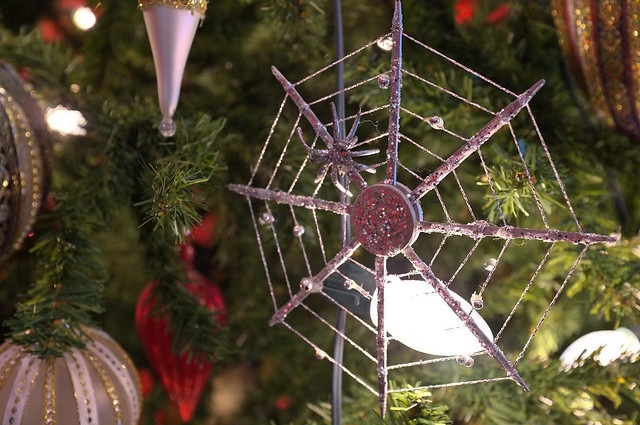Christmas in Ukraine

Christmas in Ukraine is now officially celebrated on the 25th of December. This became law in July 2023. Previously, Christmas had traditionally been celebrated on the 7th of January as many of Ukraine's Orthodox churches had historic connections with the Russian Orthodox church, which celebrates Christmas on the 7th January. In February 2023, Ukraine's main Greek Catholic church announced a change to December 25th, from January 7th. Some people will still celebrate Christmas on the 7th January, but most Ukrainians will celebrate Christmas on December 25th.

The change of calendar has also moved St Nicholas's Day from December 19th to December 6th. Many children in Ukraine will get gifts from St Nicholas (known as Svyatyi Mykolai) on St Nicholas's Eve (now the 5th, previously the 18th). Some children also might get presents from Did Moroz / Дід Мороз (Grandfather Frost) on New Year's Eve. Did Moroz often travels with his Granddaughter Snegurochka (which means snow maiden). However, Svyatyi Mykolai is now doing more gift bringing, with Did Moroz doing less!
In Ukrainian Happy/Merry Christmas is 'Веселого Різдва' Veseloho Rizdva (Merry Christmas) or 'Христос Рождається' Khrystos Rozhdayetsia (Christ is Born). Happy/Merry Christmas in lots more languages.
The main Christmas meal, called 'Sviata Vecheria' (or Holy Supper) is eaten on Christmas Eve which is known as Sviatyi Vechir (Святий вечір) or Sviatvechir (Святвечір) "Holy Evening". Traditionally people fast (don't eat certain foods) all day but you might start the day drinking some holy water that has been blessed at church.
You can't start eating the meal until the first star is seen in the sky. So people (especially the hungry ones!) go outside as soon as it start getting dark in the afternoon to try and spot the first star. The star represents the journey of the Wise Men to find Jesus and that Jesus has been born, so Christmas can start!
The meal normally has 12 dishes which represent Jesus's 12 disciples. Traditionally the dishes don't have any meat, eggs or milk in them. The main dish is often 'kutia' a type of sweet porridge made of wheat. Other dishes can include mushrooms, sauerkraut, red ‘borsch’ (beet soup), 'varenyky' which are dumplings often filled with potatoes, cabbage, mushrooms or sauerkraut (a bit like pierogi), 'holopchi' (cabbage rolls, make without meat in them at Christmas!), 'pyrizhky' (cabbage buns), whitefish and 'kolach' (special Christmas bread). Another meal of 12 dishes is eaten on Christmas Day (25th December or 7th January). In this meal, some of the dishes will contain meat.
The room where Sviata Vecheria is eaten normally has a Didukh decoration placed in it. The Didukh is a made from a sheaf of wheat and symbolises the large wheat fields in Ukraine. It literally means 'grandfather spirit' and can represent people's ancestors being with them in their memories. Sometimes people use some heads of wheat in a vase rather than a whole sheaf of wheat.
After the meal, people love to sing carols or 'Koliadky'. They can be sung around the table or you might go out caroling in the streets. People sometimes carry brightly colored stars on poles when they go caroling singing.
The Ukrainian carol 'Shchedryk' is where the popular 'Carol of the Bells' came from.


Making paper snowflakes to put on the tree or in windows are a popular decoration. In parts of western Ukraine, Christmas Trees are often decorated with artificial spider's webs because of the story of The Christmas Spider. These are called made of paper and silver wire, called 'pavuchky' (which means 'little spider').
Last Updated: | Sources Information | Written by: James Cooper